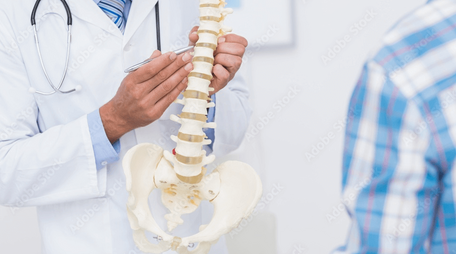Understanding Cervicogenic Headache
Cervicogenic headache is a secondary headache disorder caused by issues in the cervical spine or soft tissues in the neck. These headaches often present alongside neck pain and are characterized by pain radiating from the neck into the head. The prevalence of cervicogenic headaches in the population is approximately 4%, making it a significant yet often misunderstood health issue.
Causes and Diagnosis of Cervicogenic Headache
Dr. Henrik Schytz from the University of Copenhagen’s Danish Headache Group provided an overview of the causes and theoretical background of cervicogenic headache. It can be triggered by cervical spine disorders or issues with the muscles and tissues around the neck. Diagnosing cervicogenic headache can be complex due to the necessity of distinguishing it from other types of headaches. Diagnostic criteria focus on identifying pain originating from the neck and ruling out other possible causes.
Non-Pharmacological Treatment Options
Dr. Carolina Cancelliere from Ontario Tech University highlighted non-pharmacological treatments that focus on patient education and an individualized approach. The treatment for cervicogenic headaches should be tailored to the patient’s unique circumstances, including their psychological factors, physical activity, lifestyle, and general health. Shared decision-making plays a crucial role in developing effective treatment strategies, which can include exercises, manual therapy, and lifestyle adjustments aimed at improving neck function.
Evidence-Based Drug and Interventional Treatments
Dr. Stefano di Antonio from Aalborg University’s Department of Health Science discussed the effectiveness of drug therapies for cervicogenic headaches. Contrary to expectations, common pain relievers such as paracetamol and nonsteroidal anti-inflammatory drugs (NSAIDs) provide only temporary relief. Muscle relaxants, anticonvulsants, and tricyclic antidepressants may offer better results. Interventional treatments such as nerve blocks, steroid injections, and botulinum toxin A injections can also be considered for more persistent or severe cases. Emerging research on cytokine antibody therapy holds promise for future treatment options.
Rehabilitation as a Central Treatment Approach
Rehabilitation is crucial for the long-term management of cervicogenic headaches. The webinar emphasized craniocervical, scapular, and postural exercises to strengthen the deep cervical flexor and periscapular muscles, improving neck posture and stability. By addressing these physical weaknesses, patients can achieve better outcomes and reduce the frequency and severity of their headaches.
Conclusion
This webinar provided valuable insights into the complex and challenging nature of cervicogenic headaches. With evidence-based treatments focusing on rehabilitation, individualized care, and selective medical interventions, patients can find relief and improve their quality of life.
Written by Patient Line Committee Member Dr. David Bludovsky.



